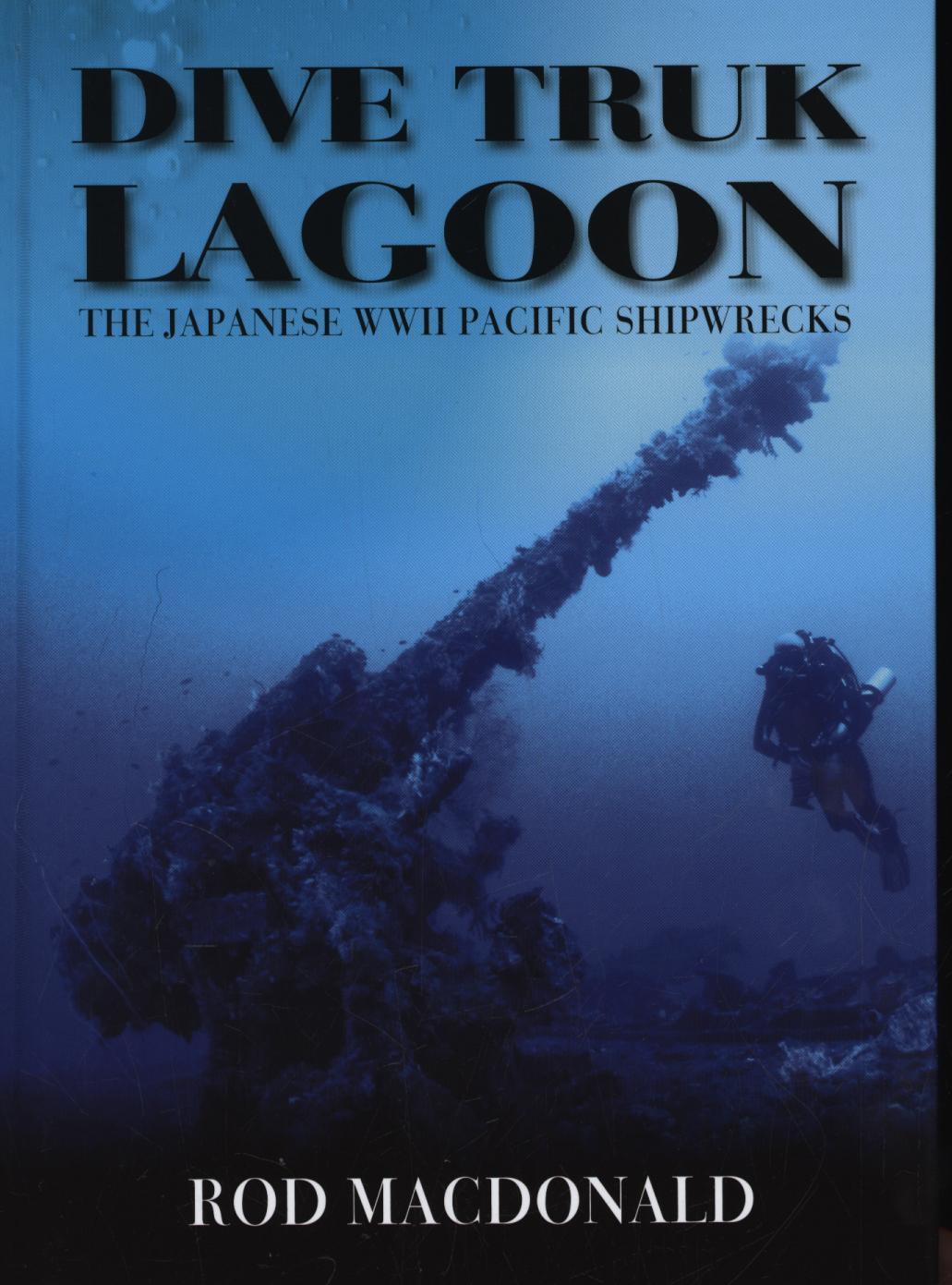Dive Truk Lagoon

Dive Truk Lagoon
Sensing this, the Imperial Japanese Navy scattered but the merchant ships remained to offload their cargoes of aircraft, tanks, artillery, mines and munitions. Other heavily laden supply ships continued to arrive, unaware of the Allied assault plans. Fresh from the Kwajalein Atoll assault, Task Force 58 was formed for an immediate attack - Operation Hailstone. In total secrecy, nine U.S. carriers holding more than 500 combat aircraft steamed towards Truk - supported by a screen of battleships, cruisers, destroyers and submarines. Before dawn on 17 February, Strike Groups of 12 Hellcat fighters swept in low towards Truk under Japanese radar and immediately began strafing Japanese airfields. Soon, hundreds of aircraft were involved in one of the largest aerial dogfights of WWII which was over within an hour. With air superiority established, U.S dive-bombers and torpedo-bombers spent the remainder of the day and the following day sinking all the large ships trapped in the lagoon. With Truk neutralised as a naval and air base, the Pacific war soon ended.
The sunken ships of Truk Lagoon with their war cargoes were largely forgotten about until 1969, when an expedition by Jacques Cousteau located and filmed many of the wrecks. The resulting TV documentary, Lagoon of Lost Ships, went viral. Truk's secret was out - and the beautiful wreck
Descrierea produsului
Sensing this, the Imperial Japanese Navy scattered but the merchant ships remained to offload their cargoes of aircraft, tanks, artillery, mines and munitions. Other heavily laden supply ships continued to arrive, unaware of the Allied assault plans. Fresh from the Kwajalein Atoll assault, Task Force 58 was formed for an immediate attack - Operation Hailstone. In total secrecy, nine U.S. carriers holding more than 500 combat aircraft steamed towards Truk - supported by a screen of battleships, cruisers, destroyers and submarines. Before dawn on 17 February, Strike Groups of 12 Hellcat fighters swept in low towards Truk under Japanese radar and immediately began strafing Japanese airfields. Soon, hundreds of aircraft were involved in one of the largest aerial dogfights of WWII which was over within an hour. With air superiority established, U.S dive-bombers and torpedo-bombers spent the remainder of the day and the following day sinking all the large ships trapped in the lagoon. With Truk neutralised as a naval and air base, the Pacific war soon ended.
The sunken ships of Truk Lagoon with their war cargoes were largely forgotten about until 1969, when an expedition by Jacques Cousteau located and filmed many of the wrecks. The resulting TV documentary, Lagoon of Lost Ships, went viral. Truk's secret was out - and the beautiful wreck
Detaliile produsului












